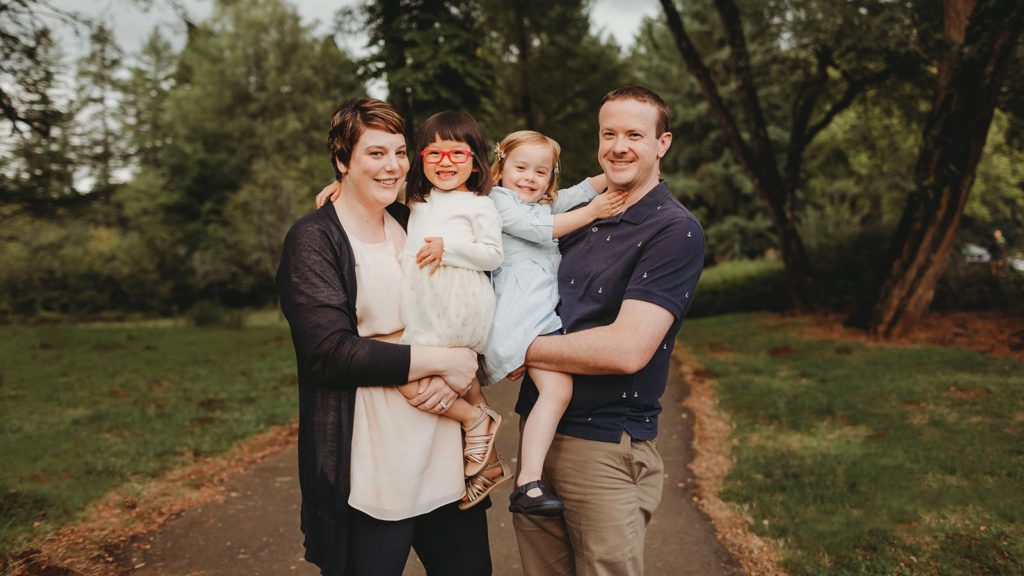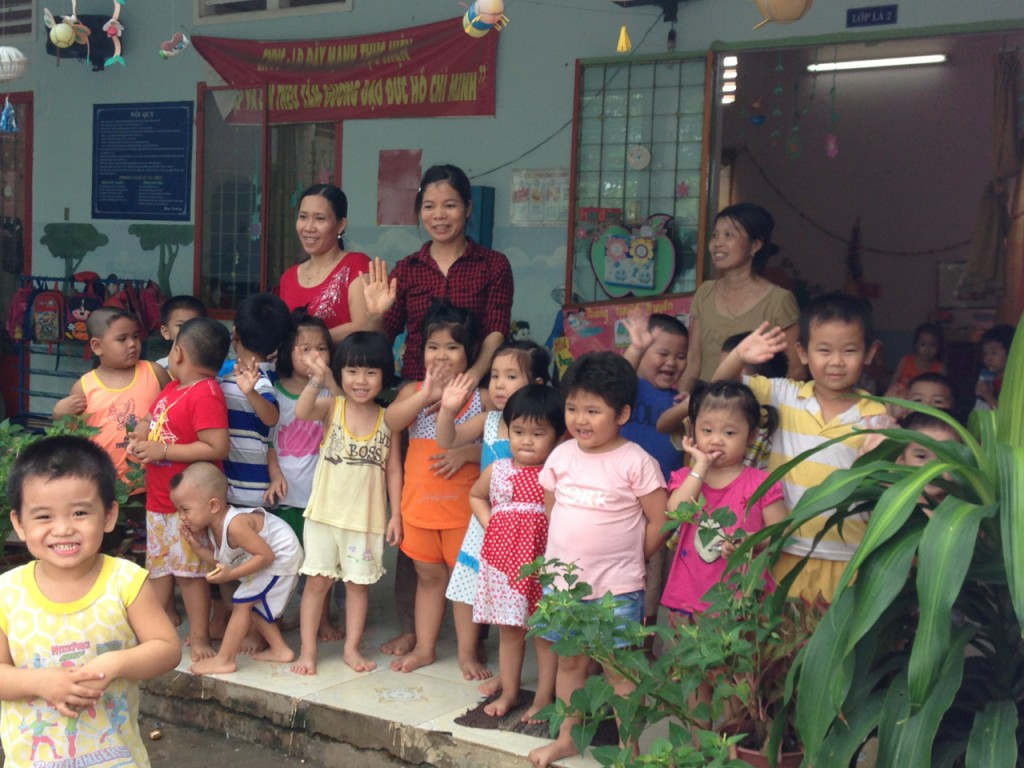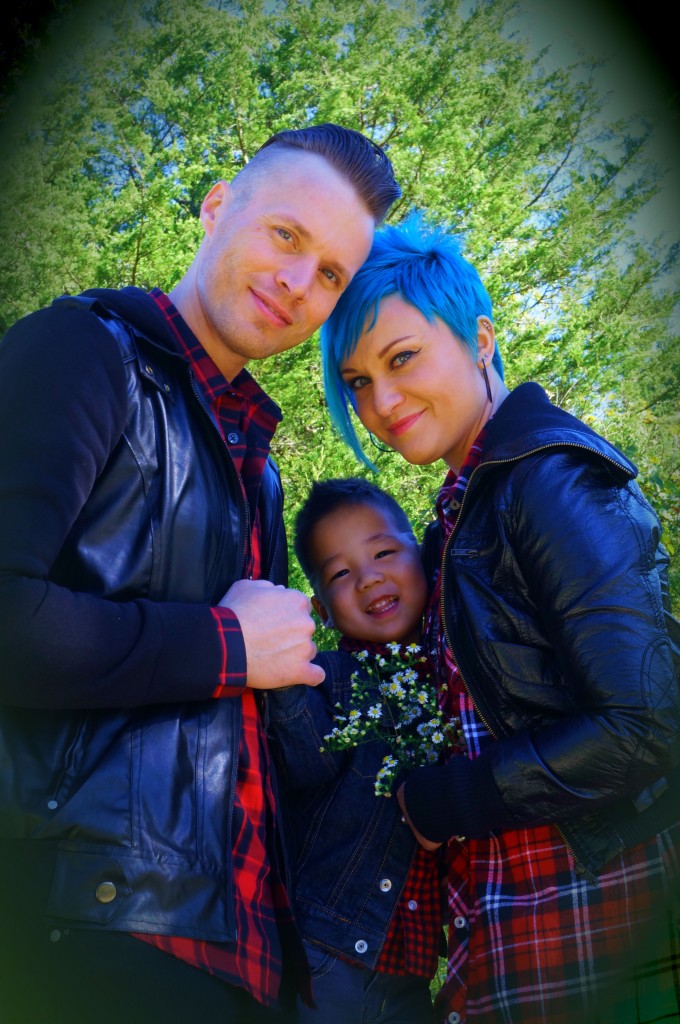Marissa Robello, LSW, CWSA, shares what she learned from a week-long training on Trust-Based Relational Intervention (TBRI)®, a tool to help adoptive parents correct their children’s behavior without compromising their emotional connection.
Did you know that it takes 400 repetitions to learn something new… but only 12 if you learn it while engaging in play? This is true because of how our brain synapses work. It’s no wonder we treasure throughout our lives those fun family vacations and epic sports wins over countless other memories. Recently, I learned how researchers, psychologists and specialists in child development have adapted the staying power of these positive interactions into useful parenting tools. In September 2014, I attended a week-long training with Dr. Karyn Purvis for professionals who plan to use Trust-Based Relational Intervention (TBRI®).
Developed by Dr. Karyn Purvis and Dr. David Cross at Texas Christian University’s Institute of Child Development, TBRI is a parenting approach for all children. It combines nurturing and structure in a way that teaches respect and compliance while also being loving and playful. TBRI uses immediate response approaches tailored to the level of misbehavior and the developmental level of your child. Since the delivery is positive and often playful, it allows the household to move on from conflicts quickly when they arise. No hard feelings.
As the director of Holt’s Colombia adoption program, I am excited to share my praises about the TBRI program and, hopefully, spark some interest in those of you exploring adoption. Holt is thrilled to be providing families who are in process of adopting with the TBRI curriculum.
What is TBRI?
TBRI provides parents ways to connect with, empower and correct their child. What makes this approach so effective is that it addresses the past relational traumas that adopted kids have experienced. If you glazed over when you read the word trauma, let me explain what that means. When we hear the word trauma, we often think of acute trauma (like a car accident). But trauma can also be relationship-based, such as in cases of abuse, neglect, multiple foster placements, long-term hospitalizations, institutionalization, and having to leave the foster family that a child has grown to love. TBRI gives parents the skills they need to help their child heal from these past relational traumas. The skills parents learn utilize the most current brain and behavioral research on children who have experienced trauma in their backgrounds, including internationally adopted children. Through accessible language, this training makes it easy to understand the ongoing impact of trauma on our children’s brains and the way they can have such over-the-top reactions to simple everyday events.
At the core of TBRI are tools to correct your child’s behavior while maintaining an emotional connection with your child. This means no yelling, shaming or isolating on the part of parents. Keeping a connection while correcting behavior is what results in lasting improvement in the child’s behavior. This is due to many things. One is the simple yet powerful technique of “re-dos.” Re-dos are actually going back to the scene of the problem and having the child re-do the activity with the right behavior. This can be done in a fun way and, because it requires some activity on the part of the child, it is better remembered than by simply talking about the desired behavior. Think back to the fact I shared earlier about the ease of learning through play. The technique builds “motor memory” in the child’s brain and the atmosphere of helping the child to succeed. Adults experience motor memories for thousands of everyday activities — such as typing, driving home and brushing your teeth. These are examples of things you do without thinking because you have done them so many times. Eventually, the motor memory will help the child automatically respond with the desired behavior. For instance, if the child knows there will be a “re-do” required for talking back every time it happens, the audio tape of mom’s voice will replay in the child’s head and he or she will eventually choose a better route altogether. Each challenging behavior provides an opportunity to build new motor memory for the desired behavior. Kids learn that their parents will give them a chance to get it right without hurting or shaming — a huge step for a child who has not experienced a safe or nurturing authority figure before.
What are the TBRI principles that correct misbehavior?
There are four levels of parental response, or “engagement,” that parents use when something goes awry. They are: playful, structured, calming or protective. TBRI teaches parents different responses at each of these levels to provide their child a clear path to undo the wrongdoing. It starts with quickly determining the severity of the child’s distress and then deciding the appropriate level of correction that needs to be applied. Ideally, the level of the parent’s engagement will match the level of the problem behavior. For example, if a child is only mildly distressed — say talking back instead of speaking to you respectfully — a low level playful ‘re-do’ could help the child quickly stabilize back to compliance calmly and quickly. When a more structured approach is merited, the parent can offer the child two choices about how to proceed or help the child express needs with words instead of behaviors by encouraging the child to ask for a compromise. There are too many tools to list them all here, but the general concept is that the more distressed your child is, the more structure the parent provides to help the child feel safe and get to a resolution (that works for the parent). Repetition of this structured approach to correction allows the child to practice how to do things the right way and, in time, the brain retains the lesson and the behavioral change becomes more consistent. The best part about this approach is that it ends with a hug and a smile. Besides being a proven way to improve behavior through connection, other documented outcomes are that kids increase their expressive communication, learn how to negotiate their needs, build trust and confidence in their parents, and develop important social skills like boundaries and respect. All of this happens through “playful practicing,” making it a positive experience for both parents and kids.
What’s the hardest part of TBRI?
In my experience, the part of TBRI that takes the most effort is the personal investment of time you’ll need to make on the front end to look inward at who you are as a person and a parent. It’s not as bad as it sounds — lying on the therapist’s couch with one arm draped over your forehead. But here’s what to expect:
You’ll need to learn the skills of mindfulness — basically being aware of yourself in the moment and self-reflection in order to grasp the foundations of the program and make it work. For some of us — again, speaking from experience — getting to mindfulness and self-reflection will involve figuring out the emotional triggers and responses we’ve developed from our own childhood experiences. That leads to an understanding of how the relationships with our parents shaped our own parenting and attachment styles. With a baseline of self-awareness, we can either choose to go with our first response or take a minute to think about how we might apply a parenting response that will be most effective for our child. It’s essentially mindfulness in practice!
The good news is that you do not need to be a perfect person or parent for these techniques to work wonders. You may find yourself re-thinking the discipline that your parents used with you or what seemed to work with your other children — and that’s the point. You’ll be pleasantly surprised by several “ah ha” moments as you progress through the training and as your self-awareness becomes more carefully honed. I’m hoping you will, like me, end with a sense of optimism when you finish the Healing Families DVD series and feel confident and excited to welcome a beautiful new life into your heart and home.
Holt provides Healing Families DVD series to all of our adoptive families at the time of home study approval. This includes a comprehensive 5-disc set of very easy-to-watch videos on: attachment, trust-based parenting, sensory processing, healthy touch, playful interaction, correcting behavior and understanding the brains of children from hard places. Together, they teach parents about the important psychological and biological differences that can impact behavior and the type of discipline to use. We will provide you with helpful workbooks to guide you through the content and for later reference.
Want to learn more today?
We recommend The Connected Child by Dr. Karyn Purvis and Dr. David Cross to all adoptive parents. Get a head start downloading Chapter Four for free here (scroll to end of page).
Marissa Robello, LMSW, CWSA | Director of Adoption, Colombia

Holt provides support to all adoptive families!
We are here to serve, connect and support all adoptive families! We offer post-adoption coaching and education, summer camps and more.



It is wonderful to see the new techniques that are being discovered. I wish I had these tools when my son was little and wish the DVDs were a part of our pre-adoption education.
Going through the TBRI training was a true life and game changer for my wife and I. It completely changed things for us in how we raised our two adopted children. We realized that how we were raised was not going working well for our children who came through such trauma – the TBRI training has helped us to parent in a better way to see our kids grow and blossom into the wonders that they are. I firmly believe this training should be standard requirement for every adoptive parent. Years later when we took the training a second time – we found it interesting that the class was attended by non-adoptive parents too, as children who go through trauma on any level can benefit from the wisdom of TBRI training.